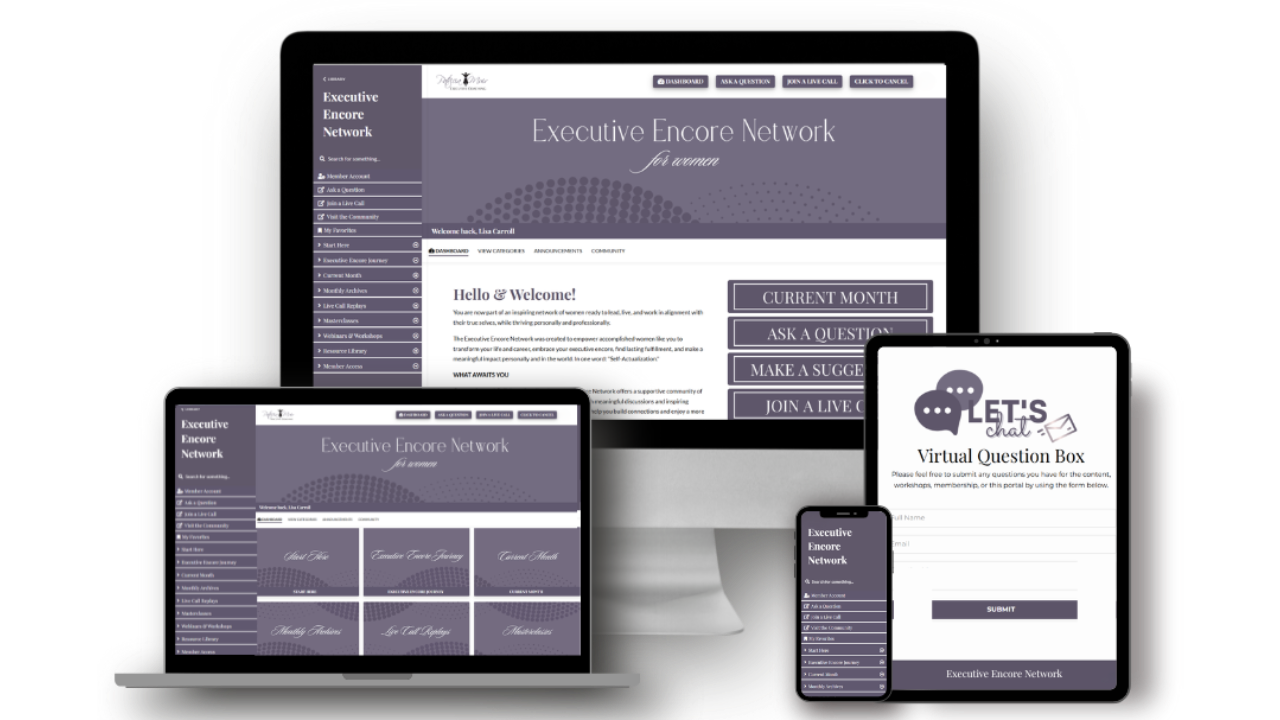
5 Steps to Build Peak Performance – Step 1. The Right Fit
Jan 25, 2017I am fortunate to work with many talented and smart people: savvy women business owners; high-volume automotive dealer principals; dedicated surgeons and physicians; their hard-working executive teams – and their employees. The troubling trend is the unrelenting hard work and effort wasted following management gurus and fads du jour. As mentioned in a previous blog, I have seen many “quality”, “customer-experience”, and “employee-engagement” programs come and go in the past few decades. The programs are sound for building capacity and capability. However, implementation and sustainability is THE challenge. What’s the golden key?
While no management guru has found the golden key to unlocking the full panoply of human potential at work, several diverse areas of research shed new light on the possibilities.

I recently retreated to listen to the audiobook, Shine: Using Brain Science to Get the Best from Your People (Harvard Business Press, 2011). The author, Dr. Edward M. Hallowell, synthesizes such new research into five sequential steps leaders and managers can apply to maximize employees’ peak performance.
A psychiatrist and ADD expert, he draws on brain science, performance research, and his own experience to present a proven process for getting the best from your people:
- Select: Put the right people in the right job and give them responsibilities that “light up” their brains.
- Connect: Strengthen interpersonal bonds among team members.
- Play: Help people unleash their imaginations at work.
- Grapple and Grow: When the pressure is on, enable employees to achieve mastery of their work.
- Shine: Use the right rewards to promote loyalty and stoke your people’s desire to excel.
“Neither the individual nor the job holds the magic,” Hallowell writes. “But the right person doing the right job creates the magical interaction that leads to peak performance.”
Hallowell refers to the five cited essential ingredients as “The Cycle of Excellence,” which works because it exploits the powerful interaction between an individual’s intrinsic capabilities and extrinsic environment. These ingredients will be explored in a series of blogs beginning here with “Step 1. The Right Fit”.
1. The Right Fit
A manager or leader’s first step for bringing out the best in people is ensuring a person is well matched to a job. Without that, disengagement is inevitable. People either have no interest in what they are doing or they aren't skilled at it. Subsequently, they give little effort, apply passive resistance, or they give up entirely.
To match the right person to the right job, examine how three key questions intersect:
- At what tasks or jobs does this person excel?
- What does he/she like to do?
- How does he/she add value to the organization?
These questions set the stage for your employees to do well with responsibilities they enjoy. You can then determine how they will add the greatest possible value to your organization.
Better Fit; Better Performance

In a 2013, GfK’s Globobus and Monster.ca conducted a survey based on 8,000 workers in seven countries. The results highlighted that Canadian workers are the most satisfied with their jobs. However, only 24 percent of Canadians expressed that they “love their job”. Young Canadian workers under the age of 25 are most unhappy, with 13 per cent confessing that they “dislike their jobs” and think they can do better.
According to a 2005 Harris Interactive poll, 33 percent of 7,718 U.S. employees surveyed believed they had reached a dead end in their jobs and 21 percent were eager to change careers. Only 20 percent felt passionate about their work.
In a previous blog “Positive Spin on Disengaged Employees”, I shared the results of two other studies that reveal how well we are doing at focusing on better fit for better performance.
- 2012 Towers Watson. A study of employee attitudes and concerns around the world. 33 percent of Canadian workers are “sustainably engaged”. 24 percent are “the unsupported” – willing to put in the effort, but held back by organizational barriers.
- 2013 Gallup "State of the American Workplace". A study approximately 100 million people in America who hold full-time jobs. 30 million (30%) are engaged and inspired at work. We can assume they have great leaders who focus on better fit for better performance. At the other end of the spectrum are roughly 20 million (20%) employees who are actively disengaged. These employees, who have bosses from hell or leaders that make them miserable, roam the halls spreading discontent. The other 50 million (50%) American workers are not engaged. They’re just kind of present, but not inspired by their work or the people who are charged with leading them.
When so many skilled and motivated people spend decades roaming the “job” market and not building peak performance in a “career”, something is wrong. They clearly have not landed in the right outlets for their talents and strengths. Their brains never “light up”.
The better the fit, the better the performance. People require clear roles that allow them to succeed, while also providing room to learn, grow, and be challenged.
What do you think about this?
- Are you devoting enough time to assessing the right fit?
- What can you do to improve the right fit for people?
- What resources do you need to assess the right fit?
Here are a few resources to “light up” your interest and commitment to helping your employees reach peak performance.
Books and Audiobooks
Shine: Using Brain Science to Get the Best from Your People (Harvard Business Press, 2011) On iTunes
Assessments for ensuring the right fit
For information about qualified administration and briefing of the following assessments, contact Patricia at [email protected] or call 905-858-7566 Holland Occupational Themes (RIASEC) Myers-Briggs Type Indicator DISC Behaviour Assessment – Thomas International
Next Steps
You don’t need to navigate your Executive Encore alone. Discover a better way to take charge of your experience.
- Schedule a 30-Minute Complimentary Executive Encore Call.
Ready to elevate your encore chapter?
- Join the Executive Encore Network for Women, a membership and community of supportive women ready to inspire and uplift. Subscribe to the Sunday Encore to begin your Executive Encore Journey and register for the next Tour to learn more.


